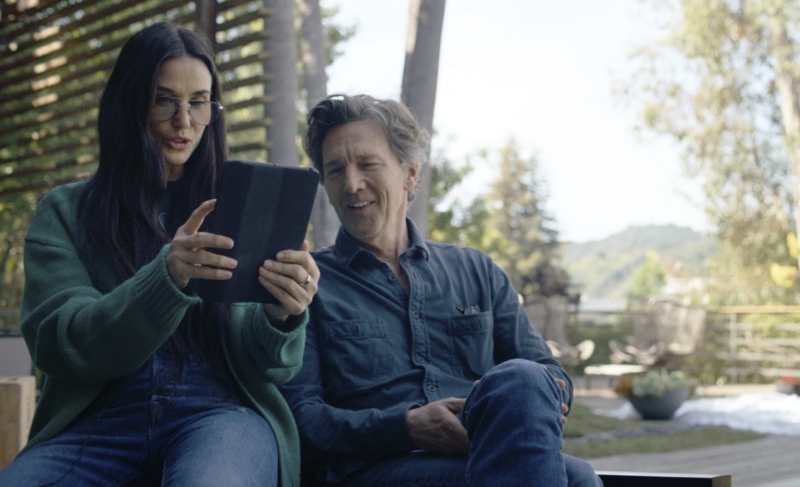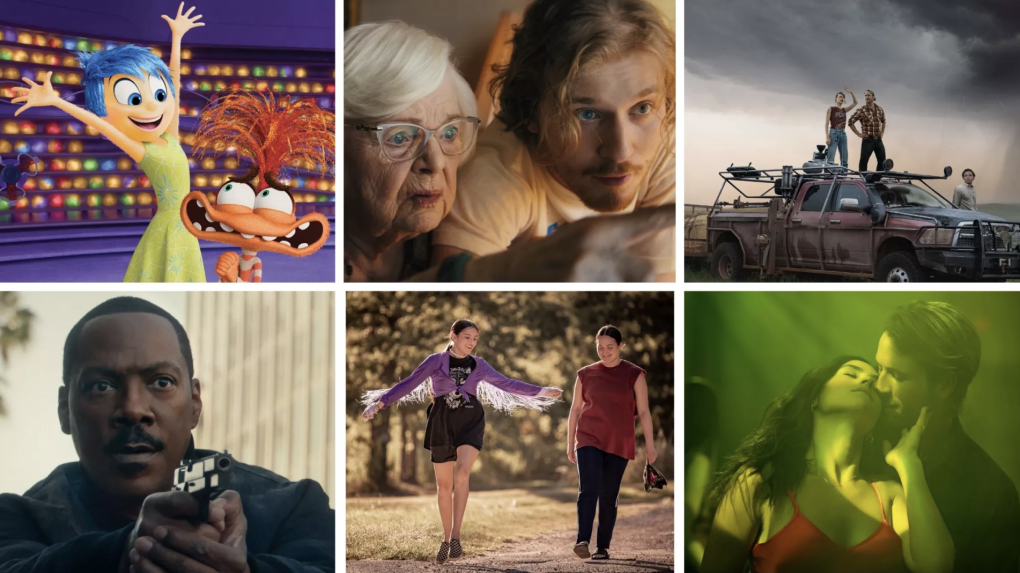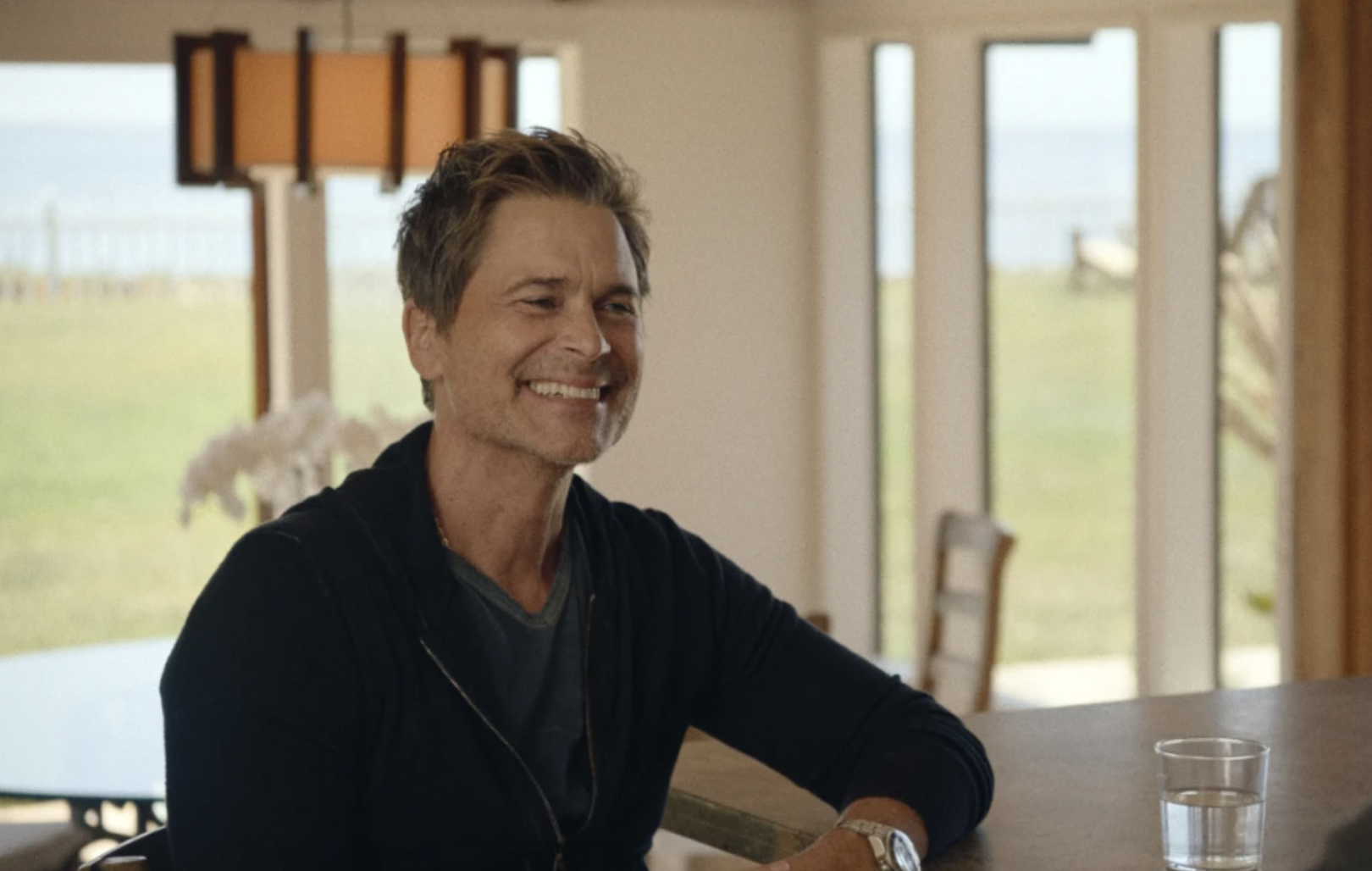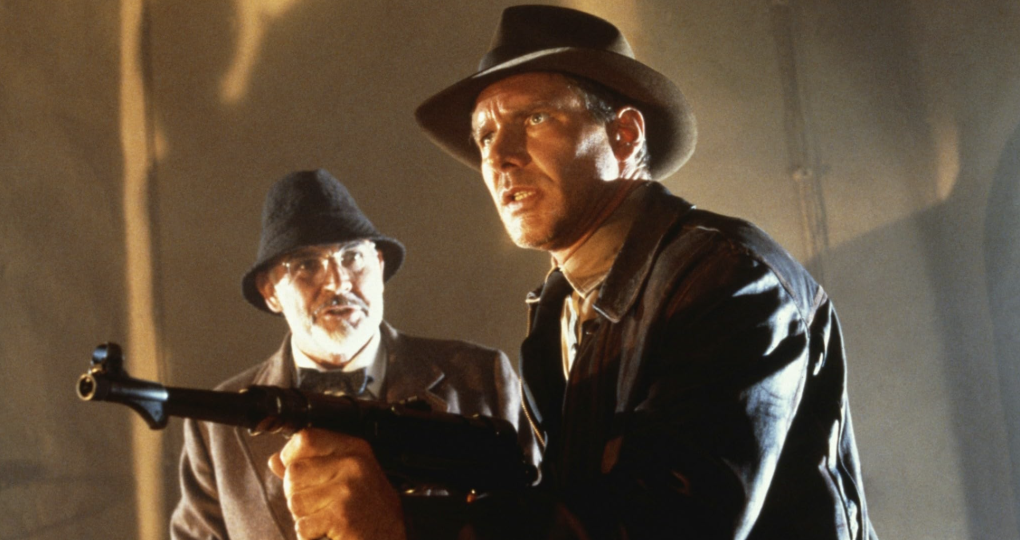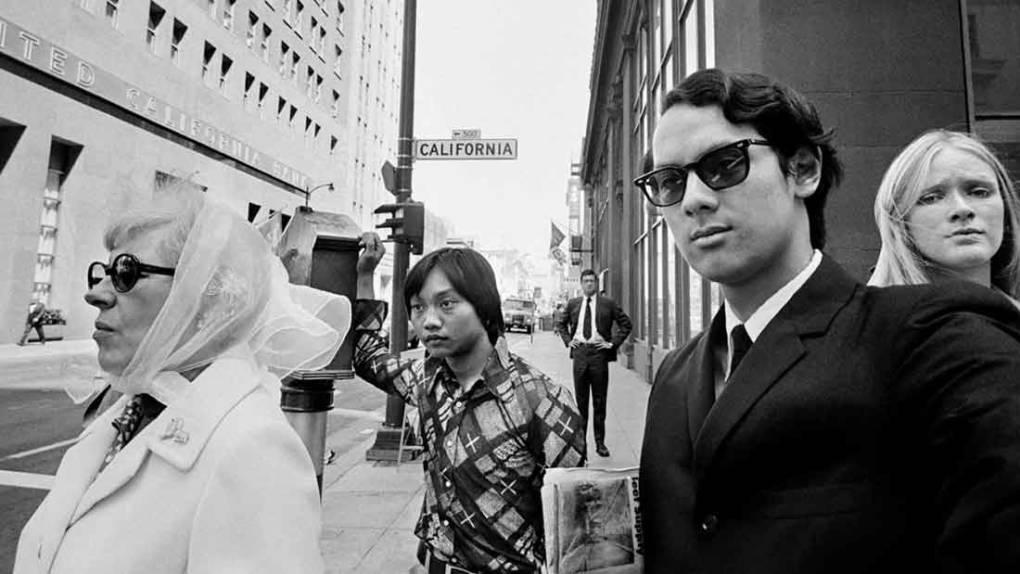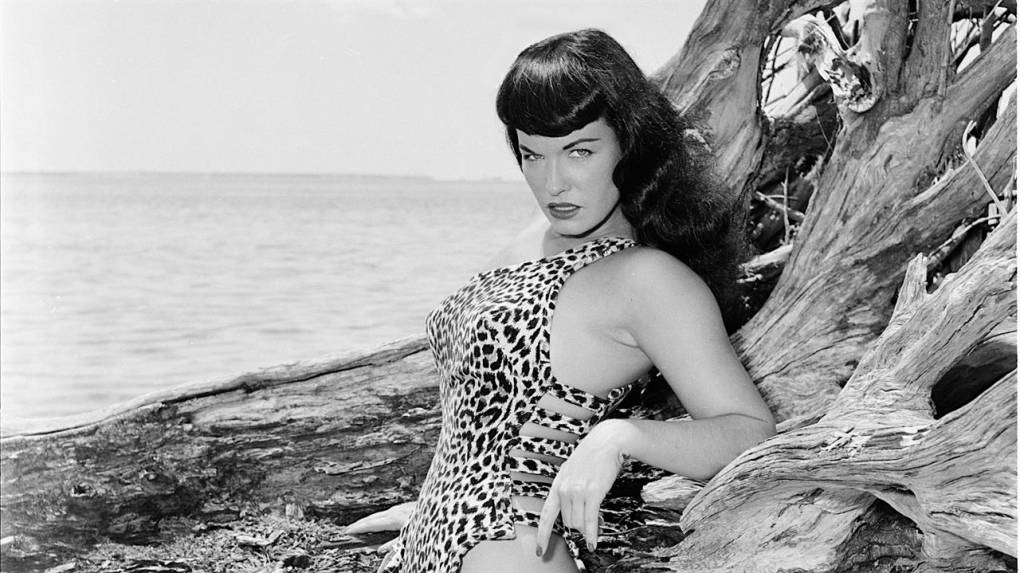A more interesting thing happens in McCarthy’s road movie by the halfway mark — it becomes a sort of celebration of Brat Pack movies. Cultural observer Malcolm Gladwell talks about the generational transition in Hollywood, while Susannah Gora, who wrote You Couldn’t Ignore Me if You Tried about the Brat Pack’s impact, notes that teens in the Midwest were singing British New Wave synth-pop tunes thanks to McCarthy.
Pop culture critic Ira Madison III zeroes in on the lack of diversity in Brat Pack movies, Less Than Zero writer Bret Easton Ellis notes the influence the movies had on his work, and screenwriter Michael Oates Palmer comments that Brat Pack movies were the first to take “young people’s lives seriously.”
These are the building blocks of a better movie — Gladwell cutely mentions that he used parts of Cryer’s character Duckie from Pretty in Pink as his identity in high school — but McCarthy isn’t willing to stray.
He comes across as a very thoughtful guy, able to quote Tennessee Williams and Eugene O’Neill, reserved, shy and wry, so often deep in his feelings. But this bratty label he cannot shake. He also wrote about it in Brat: An ’80s Story. It is his Moby Dick.
That analogy works when he finally harpoons his white whale — David Blum, who at 29 in 1985, hoping to snag some attention in the journalism world, coined the phrase “Brat Pack” — a flip play on the Rat Pack — for New York magazine.
